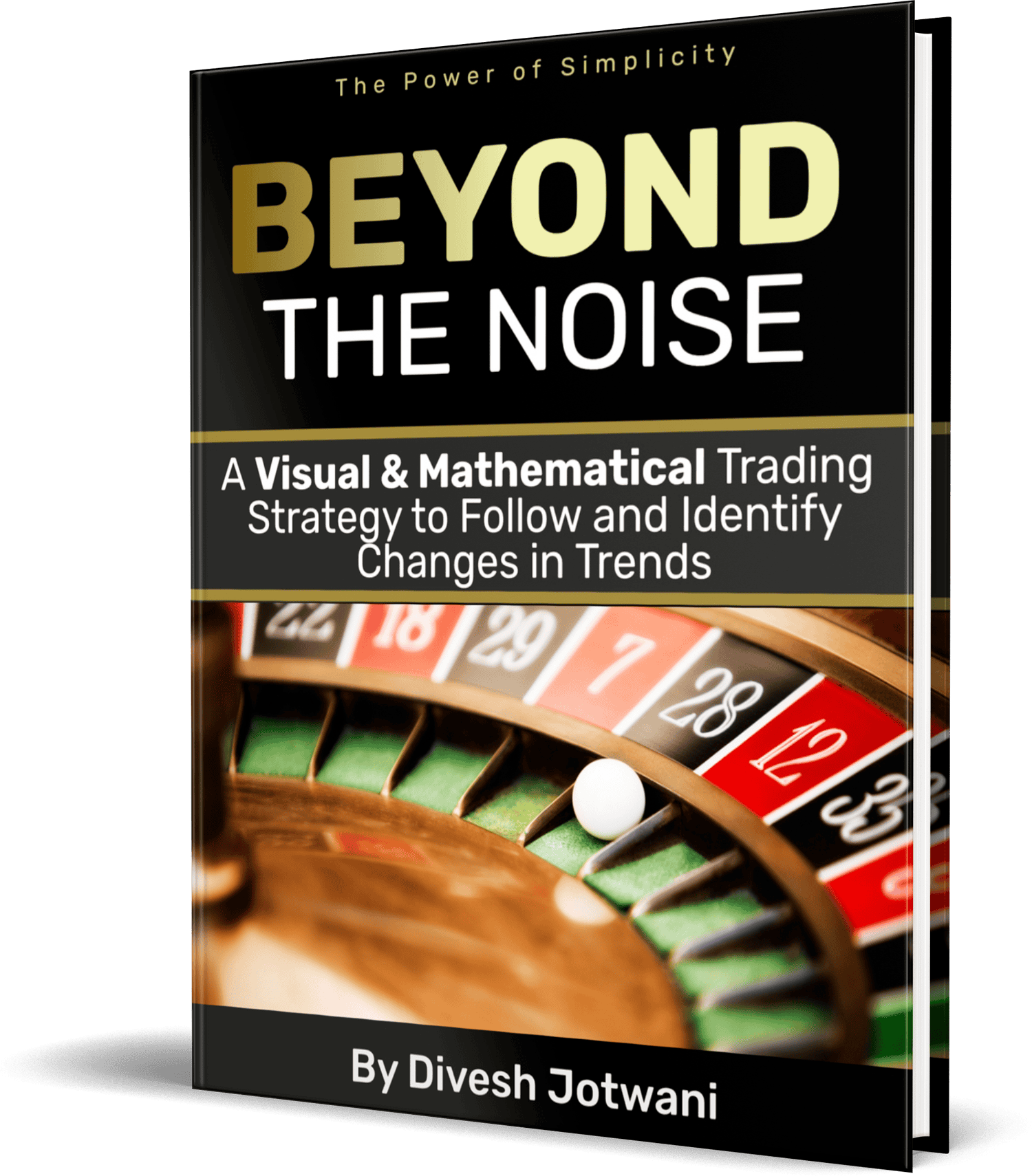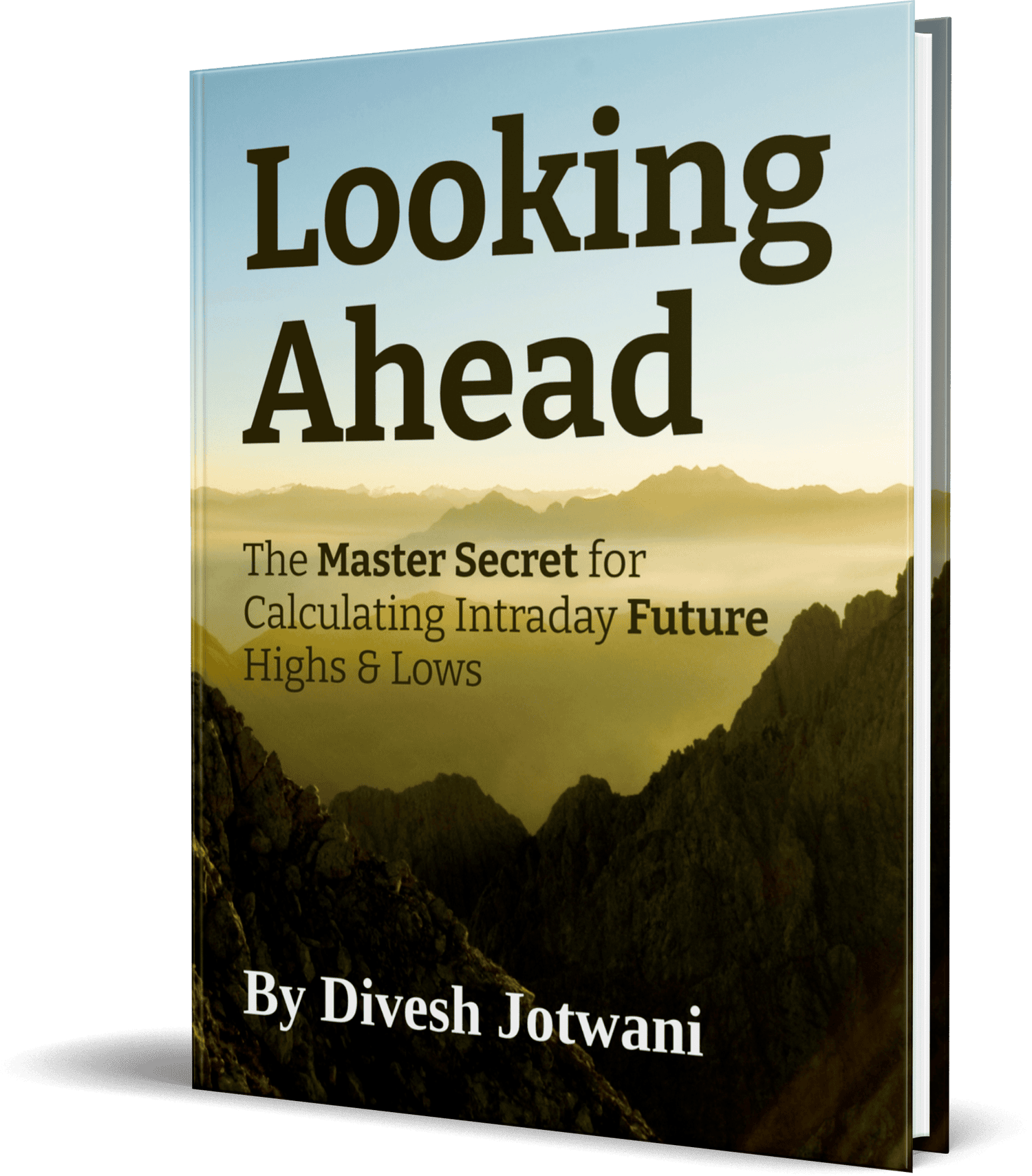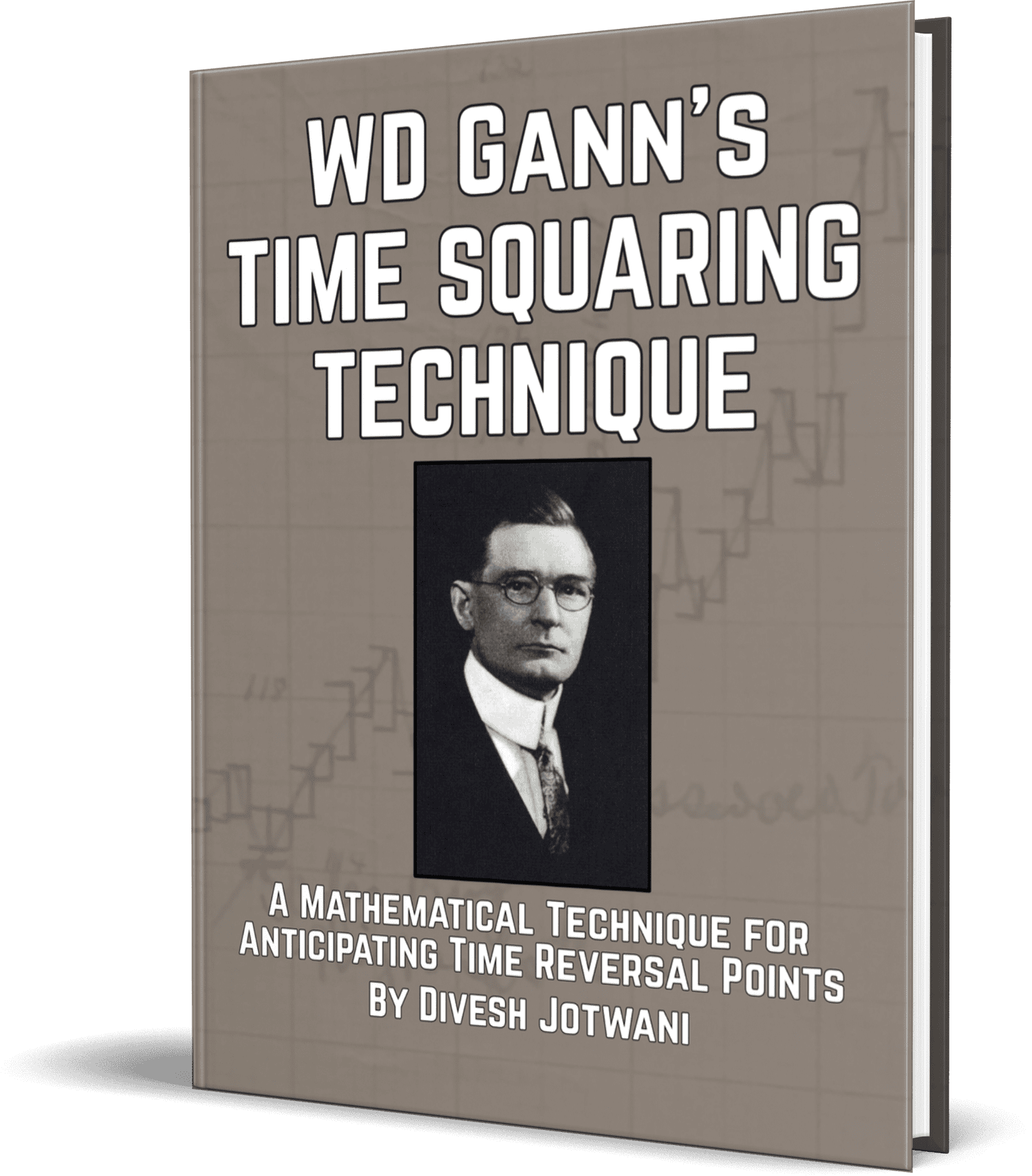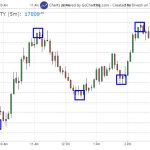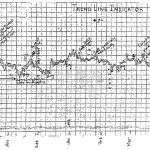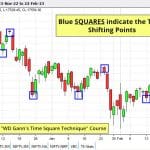On April 2, 2011, in Wankhede Stadium, Mumbai – India, was chasing down a total of 274 against Sri Lanka in the world cup final.
It has been the dream of one billion people to see India lifting the world cup again. And the most expected batsman, Sachin Tendulkar, got out very early in the innings. After some good partnership between Gambhir and Kohli – Kohli suddenly got out.

It shocked the entire country when they saw MS Dhoni entering bat when Kohli left off. The reason was that Dhoni was not performing well with his batting in the league matches.
It worried many cricket fans as to why he is getting out to bat early when he should come down after a few more wickets are gone – so that there is a chance of him saving the country.
But as time passed, the fans relaxed as they saw Dhoni take many singles and twos. Slowly he moved into the zone, and towards the end, he was hitting the ball all over the ground. He gave his best knock in this final and finished the match with a great six, thereby bringing home the World Cup.
If you are a serious cricket fan, you might have even heard this commentator’s voice in your head. “Dhoni goes for a Six and finishes in style. India lifts the World Cup after 28 years, and the party begins now.”
Dhoni was not affected by the performance of his last few matches. And he’s not worried about the future as well. That day, he was focused on getting down and giving his best. He goes with the attitude of “Each and every match counts.”
But, traders often fail in trading because they don’t have the attitude of “Each and every trade counts.”
They fail to understand the probabilistic nature of trading – looking to earn a profit over a series of trades. Let’s find out how to overcome this shortcoming and end up as a winning trader.

Not understanding the probability nature of trading (profiting over a series of trades).
Let’s say we are planning a vacation to Switzerland. How do we go about it? First, we’ll schedule the date, allocate enough money for the trip, book the tickets and finally make the trip.
However, there is also one crucial factor that we consider to understand the environment of the place we’re visiting.
Everyone knows Switzerland is a cold place, and to enjoy spending time there. You’ve to prepare well to tackle that place’s coldness mentally. We pack the best jerkins/wearables. We keep it handy to wear it and navigate the environment happily once we’re there.
But, in trading, traders don’t understand the environment in which they are participating. And feel lost in an environment where they don’t know what to do. And this leads to taking the wrong action, which ends up in losses.
Trading is a mental game; all we try as traders in this environment is to earn a profit over a series of trades.
This phrase, “over a series of trades“, is the key to successful trading. But traders have real difficulty in taking trades after trades, especially when the last few trades were losers.
Why does it happen?
Because our brains are hard-wired to avoid the danger in the now.
If a new trading opportunity arises, and if we are coming after a series of losses, then the brain comes up with many reasons why this trade won’t work.
And this act of the brain causes us to be paralysed, and we end up not taking the trade. And usually, this trade will move as expected, creating more worry and disappointment for the trader.

Is there a way to overcome this problem?
Yes, there is a way. And it is the only path to overcome the problem. It lies in adopting a mindset called “each and every trade counts.”
Let’s take an example of a pregnant woman expecting a baby. We all know the pain woman goes through the whole nine months—lack of sleep, vomiting, tiredness, and so on.
Is there any way to avoid the pain?
There’s no way on earth to avoid it.
But rather, what do we do?
We understand that it is a part of the process and are well prepared to deal with it. In short, we adopt a mindset that “each and every month counts.” We are not looking to skip even a day despite the pain. We embrace it.
Similarly, a trader needs to embrace the mindset that “each and every trade counts” even if they encounter consecutive losses. Once the brain is trained to take “each and every trade opportunity,” what we’ll end up with is trading in the zone.
Now the question is how to keep on taking trades even if there are multiple losing trades. Won’t we end up losing the entire trading capital by trading this way?
For this, we have to understand the maths behind every successful trading method. Let’s figure it out with the help of an example.
Coin Toss Exercise
Consider I’ve given you a coin. We know that a coin has got only two sides. When we flip it, all we’re expecting is either a head or tail.
Let’s assume I will give you 20 times to “predict” the outcome of a coin toss. If the head comes, you win Rs.100; if the tail comes, you lose Rs.50.
Now given this scenario, how would you approach the game?

It’s simple logic.
Each and every time I flip the coin, you call “heads.” You knew that the odds of a coin turning up as a head are 50%. You’re not thinking about anything. You’re not overanalyzing things and not trying to “predict” the outcome.
Because you would have computed in your head like this.
“If there are 20 times the coin is tossed, there is a chance of 10 times the coin showing up head and ten times tail. If I lose ten times and win ten times, I’ll still make Rs.500 (Rs.1000 from wins – Rs.500 from loss) from a series of 20 coin tosses.”
Similarly, in trading, when you have a precise trading method that gives you winning trades 50% of the time and losing trades 50% of the time, and you make twice when you win – you inherently know that as long as you stick to the trading plan and take all the trading opportunities, after 20 trades, you will end up as a net profitable trader.
Let’s understand with a small math calculation.
(Assuming each winning trade gives us Rs.1000 and a losing trade takes away Rs.500 from our trading account).
10 trades winner = 10 * 1000 = Rs.10,000
10 trades loser = 10 * 500 = Rs.5,000
So the net gain is Rs.5000, made over a series of 20 trades.
You’re not guessing. You’re not predicting. You’re not wishing. You’re not hoping. You’re not praying.
Each and every time a trading opportunity comes as per your method, you just take the trade.
That people call “Trading in the Zone.”
You’ll be amazed at how trading becomes easy once you understand this simple concept of looking to profit over a series of trades.
All of this is fine. I understand the math and the game now. What should I do next?
Simple. First, you need to understand that making money in trading takes a series of trades based on fixed rules.
So, create a rule first. Both for entry and exit. It could be as simple as buying above the high of the first 15-minute bar or based on some trading patterns. The only criteria are to define the rule clearly. There should not be any confusion in your mind about identifying/spotting a trading opportunity based on your rules.

Allocate a small amount of money towards this exercise.
Let’s say Rs.10000 and divide it by 20 trades. So you will risk Rs.500 per trade.
If the entire 20 trades end up in a loss, you would have lost Rs.10,000 only, but in turn, what you are building within yourself is the most valuable skill. The ability to take a series of trades based on a rule again and again.
Always remember, initially, your goal is not to make money. Your goal is to develop the mental skill of seeing trading as a game where you’re taking a series of trades based on your own trading rules.
What’s the one thing you can do today?
Learn to think in probability by allocating a small amount of money (which you are comfortable in losing all). And take 20 trades based on your trading method.
Later, see what happens. You’ll slowly adopt the mindset and personality of a profitable trader.


